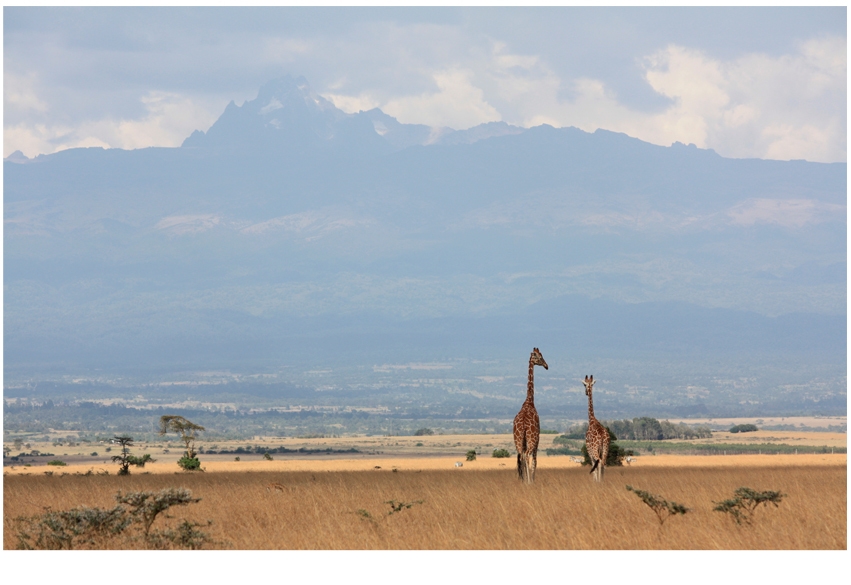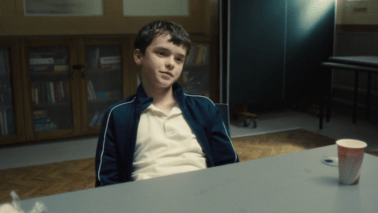It’s not easy seeing the Masai Mara on horseback, says Charles Moore – but it’s also impossible to forget
On the third day, we left our original camp to ride 30 miles to the next. There were 15 of us, including our leader Tristan Voorspuy and two Masai grooms. We had all gathered for a moment in a salt-lick when a dik-dik, one of the smallest of the African antelopes, shot out from a bush under our feet. The horses reared and bucked, each frightening the others. One of our party, Sophie, fell on to the hard ground, and cried out in pain. She had broken her wrist.
Much of the Masai Mara is remote from proper roads, let alone from hospitals and doctors. Tristan did what he could by intermittent mobile telephone to find the Flying Doctor. We rigged up a shelter of Kenyan kikoy to protect poor Sophie from the sun and debated, at a decent distance, whether we should photograph her as she lay in agony. On the one hand, it would be intrusive. On the other hand, when all this was over, we reasoned, she would like evidence of her adventure. We photographed her.
After more than three hours, we could hear the helicopter of the flying doctor. Until then, the country had seemed quite empty, but at the sound of the blades, a little crowd of Masai emerged from the wait-a-bit thorns and watched at what books call ‘a respectful distance’. Sophie was stretchered and sedated, and she and her mother vanished in the sky, heading for Nairobi.
I mention this disaster first, because it is as well to put off anyone who thinks that Voorspuy’s Offbeat Safaris are just elongated pony treks.









Comments
Join the debate for just £1 a month
Be part of the conversation with other Spectator readers by getting your first three months for £3.
UNLOCK ACCESS Just £1 a monthAlready a subscriber? Log in